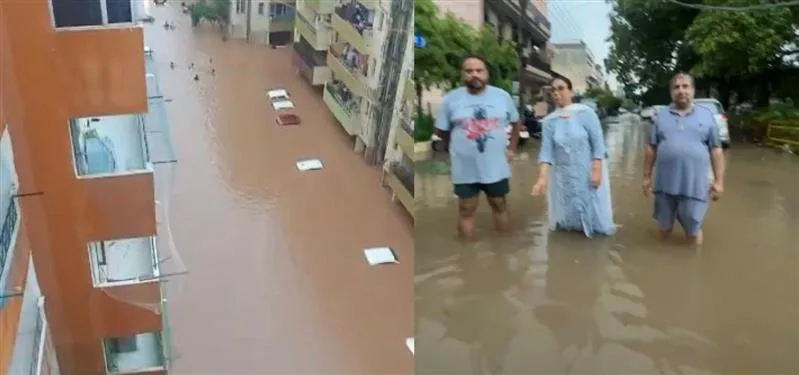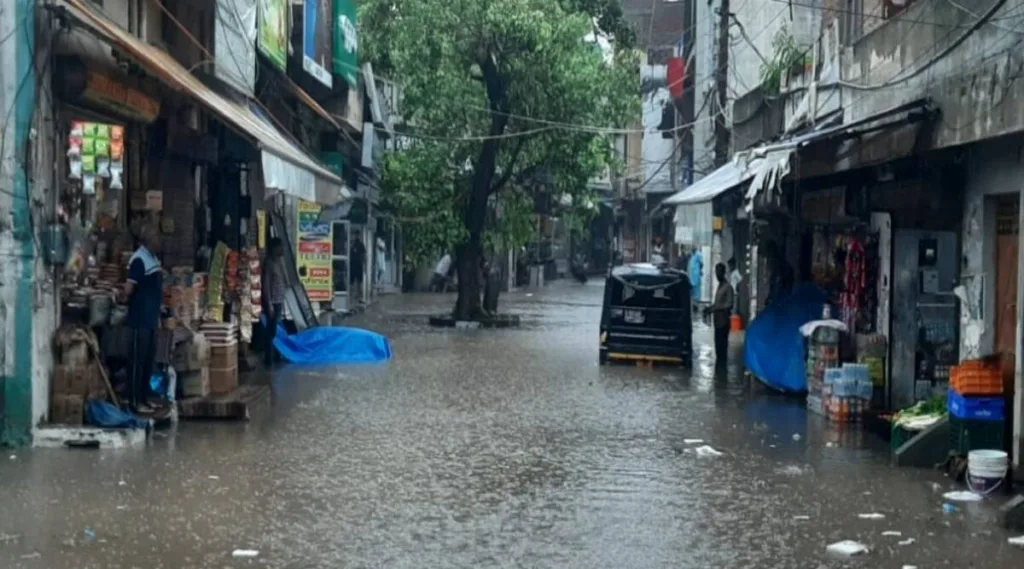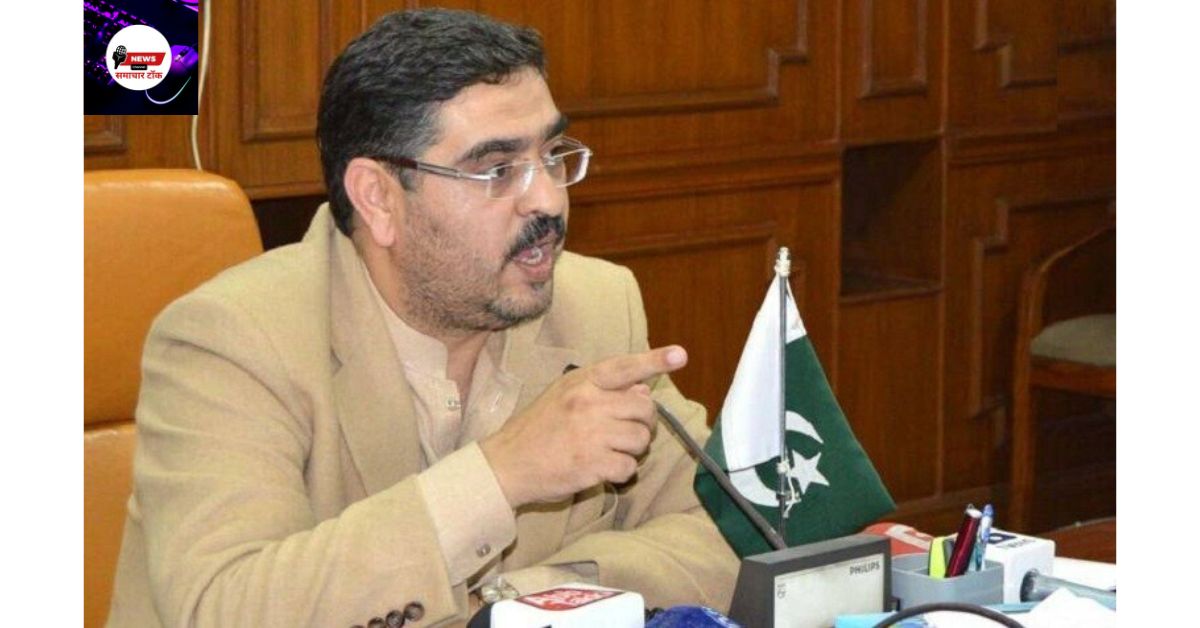People in Distress as Water Enters Houses in Mohali Due to Heavy Rain

People in Distress as Water Enters Houses in Mohali Due to Heavy Rain
Introduction:
Mohali, a bustling city in Punjab, India, is currently grappling with the aftermath of heavy rainfall. The downpour has led to a distressing situation as water has entered numerous houses, causing significant damage and leaving residents in a state of despair. The unexpected deluge has disrupted daily life, rehabilitationhighlighting the urgent need for better infrastructure and preparedness to mitigate such calam,ities.

The Impact of Heavy Rainfall:
The recent heavy rainfall in Mohali has resulted in severe waterlogging in many residential areas. As drains overflow and natural water channels fail to cope with the excessive rainfall, water has made its way into homes, submerging living spaces and leaving belongings damaged. Residents have been left stranded and struggling to salvage their possessions as the water levels rise.
Challenges Faced by the Residents:
The inundation of houses has brought with it a myriad of challenges for the affected residents. Many people have been forced to evacuate their homes and seek temporary shelter elsewhere. The loss of personal belongings, furniture, and electronic appliances has added to their distress. Moreover, the disruption of essential services such as electricity and communication networks has further exacerbated the situation.
Health and Sanitation Concerns:
Apart from the immediate damage caused by the flooding, there are also serious health and sanitation concerns that arise in such situations. Stagnant water becomes a breeding ground for mosquitoes and other disease-carrying insects, increasing the risk of vector-borne diseases. The lack of clean drinking water and proper sanitation facilities poses additional health hazards, especially for vulnerable groups such as children and the elderly.
Need for Infrastructure Development:
The current crisis in Mohali highlights the urgent need for infrastructure development to withstand heavy rainfall and prevent such devastating consequences. The city’s drainage system requires immediate attention and upgradation to ensure effective water management during torrential rains. Constructing proper stormwater drains, improving sewage systems, and enhancing the capacity of existing water channels are essential steps in mitigating future flood-related issues.
Preparedness and Awareness:
In addition to infrastructure development, it is crucial to enhance preparedness and awareness among residents. Implementing early warning systems, educating the public about flood safety measures, and conducting mock drills can significantly reduce the impact of such natural disasters. Collaborative efforts between local authorities, community organizations, and residents are essential for building resilience and response mechanisms to tackle emergencies effectively.
Government Intervention and Support:
During times of distress, it is imperative for the government to step in swiftly and provide immediate relief to affected individuals and families. Establishing temporary shelters, distributing essential supplies such as food, clean water, and medical aid, and facilitating the recovery and rehabilitation process are vital responsibilities of the local administration. Financial assistance and insurance schemes should be made available to help residents rebuild their lives and recover from the losses incurred.
Conclusion:
The recent heavy rainfall and subsequent flooding in Mohali have left its residents in a state of distress and despair. The situation calls for urgent action to address the infrastructure deficiencies and improve the city’s preparedness for future emergencies. By investing in resilient infrastructure, enhancing community awareness, and providing timely government support, Mohali can build its resilience and ensure the well-being and safety of its residents, even in the face of severe weather events.
It is imperative for the government to prioritize long-term solutions, including comprehensive urban planning, flood control measures, and sustainable development practices, to prevent the recurrence of such distressing situations in the future.










